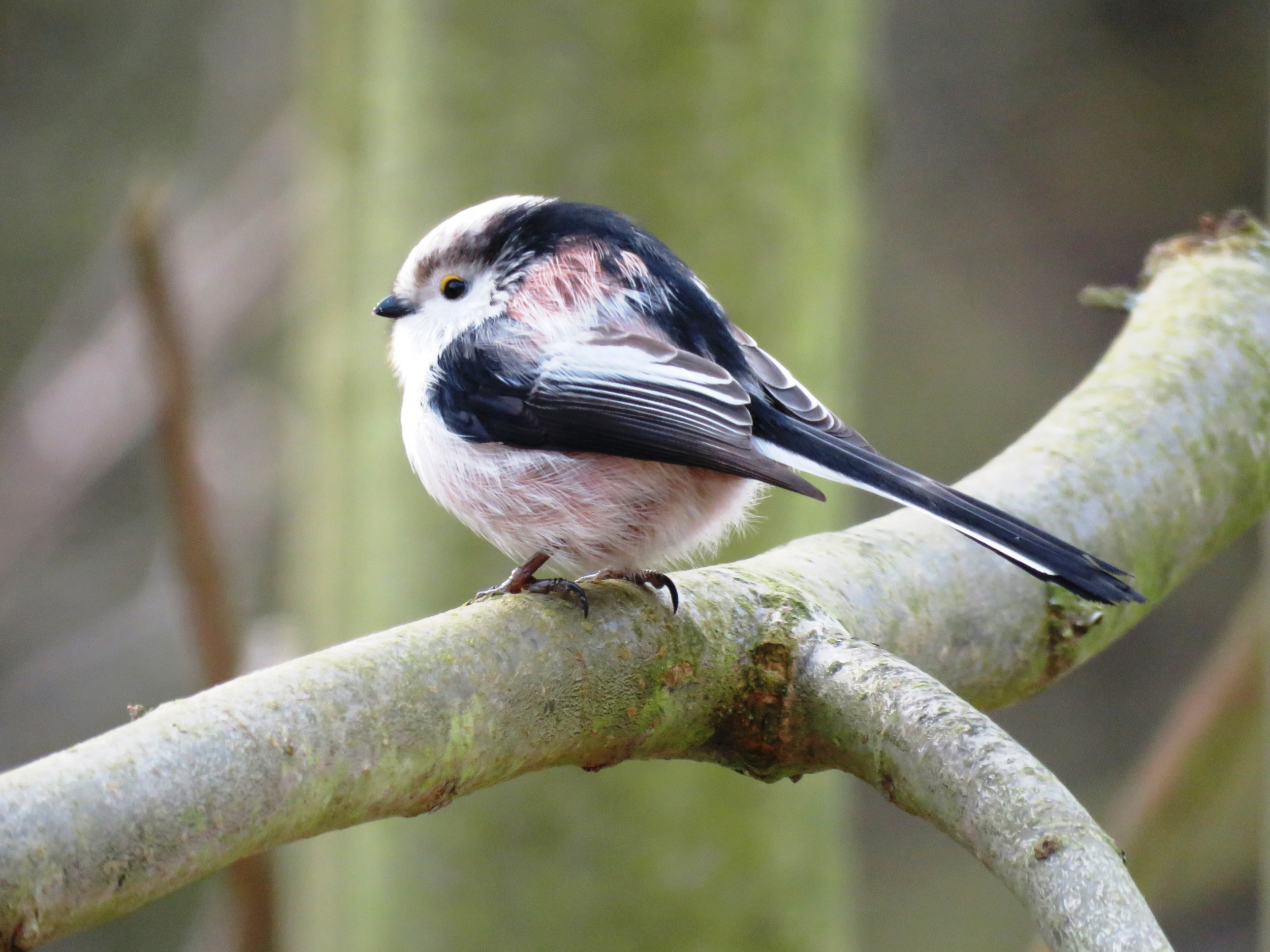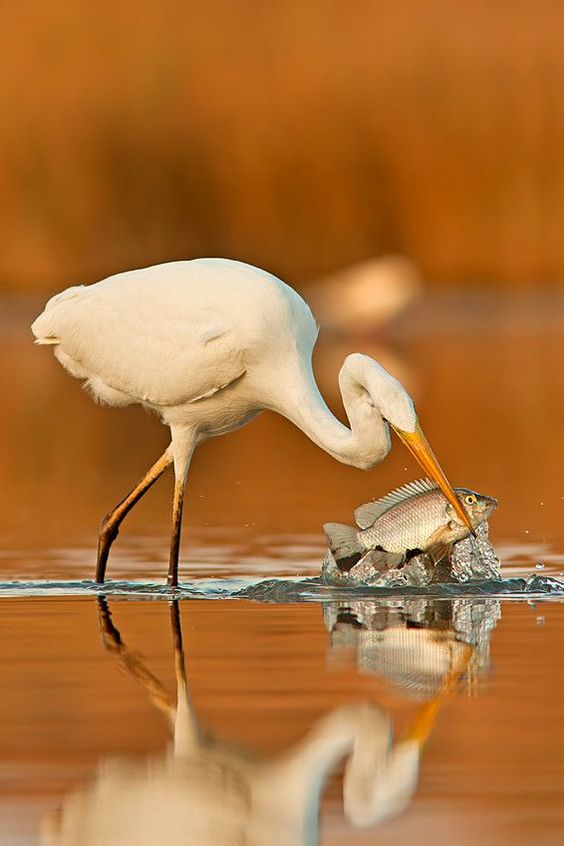More about Kingfish fishing, nesting, living. Don't miss the hovering flight before the dive as it is absolutely amazing!
You are using an out of date browser. It may not display this or other websites correctly.
You should upgrade or use an alternative browser.
You should upgrade or use an alternative browser.
Photos and videos of our amazing 2D residents
- Thread starter Bosphorus1982
- Start date
PabloAngello
Jedi Master

Smelling the flowers is not only a human thing... Or is it about eating a bug? After all, squirrels are omnivores...
© Dick van Duijn




© Dick van Duijn




What an extraordinary video.More about Kingfish fishing, nesting, living. Don't miss the hovering flight before the dive as it is absolutely amazing!
There have been only two documented sightings of the elusive Chirodectes maculatus, a large, soccer ball-sized jellyfish with distinct spotted markings, the second of which was captured late last year by divers from Scuba Kavieng. In what is believed to be the first recording, the video shows the extremely rare animal, which has four clusters of striped tentacles, rings covering its body, and a pulsing patch of red on its bell that’s likely a digestive cavity, as it swims near the coast of Papua New Guinea.
Researchers first encountered the specimen in 1997, although they didn’t officially designate it as a unique genus until 2005. According to Vice, most jellyfish of this kind are recognizable for their boxy bodies and venom, although the Chirodectes maculatus seems to be lacking that poisonous characteristic.


Researchers first encountered the specimen in 1997, although they didn’t officially designate it as a unique genus until 2005. According to Vice, most jellyfish of this kind are recognizable for their boxy bodies and venom, although the Chirodectes maculatus seems to be lacking that poisonous characteristic.


The Bluethroat is a beautiful thrush-like bird mostly found in Eurasia (with however a small population in North America) that tends to stay hidden. It migrates in winter to Spain, African savannah, Arabian Peninsula, India, mainland Southeast Asia and the China Sea coast. Easily recognised by its broad blue bib, the latter is most visible in males in their breeding livery, whereas it appears very pale, if at all, in females and juveniles.

Another Bluethroat singing his song (see below for the recording of it):

They have a tendency to defend their territories with an emphatic song, and often do so in mid-flight.
Another Bluethroat singing his song (see below for the recording of it):

They have a tendency to defend their territories with an emphatic song, and often do so in mid-flight.
XPan
The Living Force
Adorable Frogs in the rain
At Telegram there is a channel called "Happiness is the way", which shows a short clip, around 8 seconds with sounds of water; two frogs sitting on a flower under the rain, hugging each other. It's so endlessly cute and tender to watch.

(PS: you don't need Telegram to watch the video)

 t.me
t.me
At Telegram there is a channel called "Happiness is the way", which shows a short clip, around 8 seconds with sounds of water; two frogs sitting on a flower under the rain, hugging each other. It's so endlessly cute and tender to watch.
(PS: you don't need Telegram to watch the video)
Happiness is the way
Seid lieb zueinander 💞 Folge dem Kanal, der es mit Humor und Happiness nimmt 👉 @happinessismyway
The Long-tailed Tit is a tiny bird with a very long tail and small round wings, easily recognisable by its distinctive colouring: a slightly pinkish white belly and a white and grey head. Its tail measures 8 to 9 cm and is longer than the size of its body, which measures 5 to 6 cm. This tiny bird weighs 7 to 10 grams and is also recognisable by its undulating flight. The species is found throughout most of Europe.



Found on all continents, but more often in the southern hemisphere, the graceful all white Great egret is the largest of the heron family. Its eyes are yellow as is its bill while it appears orange when breeding, a period where its long feather plumes extend from the back to beyond the tail during. The Great egret has varied menu including fish, frogs, insects, snakes and crayfish.




bjorb
The Living Force
Stepped out into the garden last night while it was very mild (17C in west Wales) to hear a couple of tawny owls calling to each other as they set up their autumn territories. They usually inhabit woods, parks or large gardens across most of Europe and western Asia (among trees containing large cavities suitable for nesting.) Here's a recording with the typical hooo-hooo-hooo-hooo call and perhaps the less familiar 'kewick' reply.
They can be ferocious in defence of a nest and will sometimes attack humans, as a famous bird photographer - Eric Hosking - once found out, having lost one of his eyes after such an encounter. From wackypedia:
A turning point in Hosking's career came through an accident which happened on 12 May 1937. Returning to a tawny owl photographic hide late at night, he was struck in the face by the owl, its claw penetrating his left eye. The resulting infection meant choosing between losing one eye or probably going blind. The eye was removed and the ensuing publicity appeared in all the national newspapers, where his photographs were already in great demand. As soon as he was fit he returned to the hide to continue taking pictures.
Eric Hosking - Wikipedia.
They can be ferocious in defence of a nest and will sometimes attack humans, as a famous bird photographer - Eric Hosking - once found out, having lost one of his eyes after such an encounter. From wackypedia:
A turning point in Hosking's career came through an accident which happened on 12 May 1937. Returning to a tawny owl photographic hide late at night, he was struck in the face by the owl, its claw penetrating his left eye. The resulting infection meant choosing between losing one eye or probably going blind. The eye was removed and the ensuing publicity appeared in all the national newspapers, where his photographs were already in great demand. As soon as he was fit he returned to the hide to continue taking pictures.
Eric Hosking - Wikipedia.
